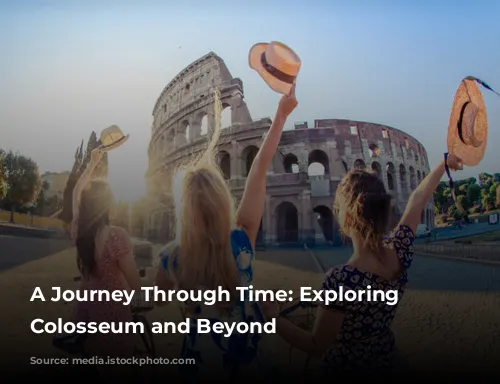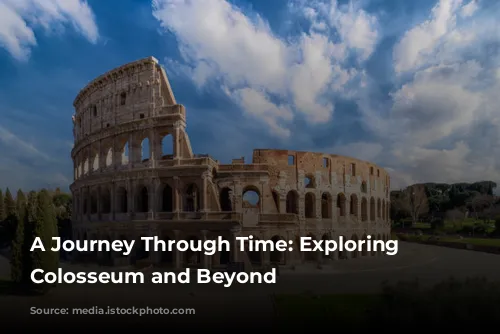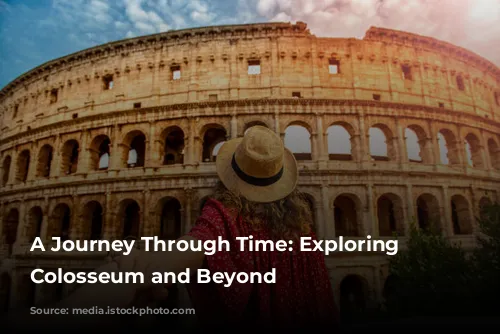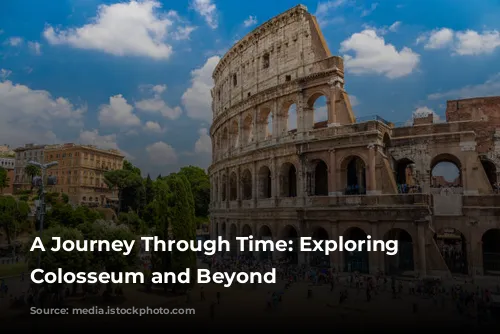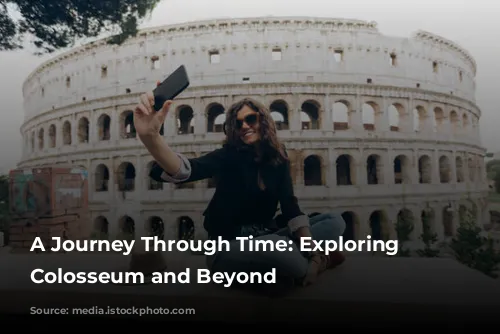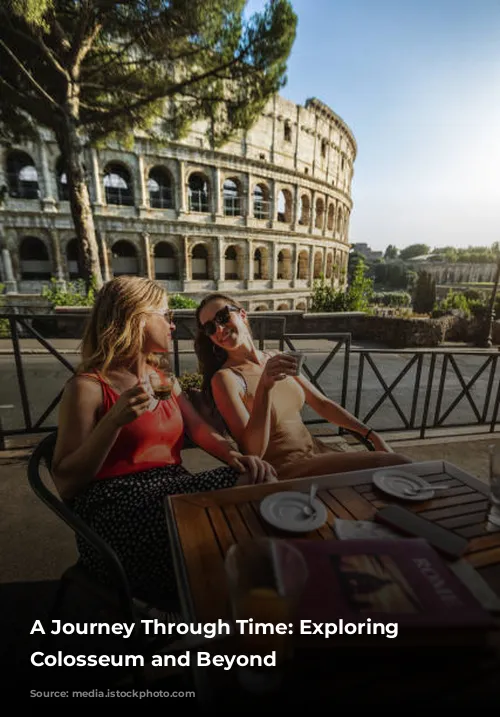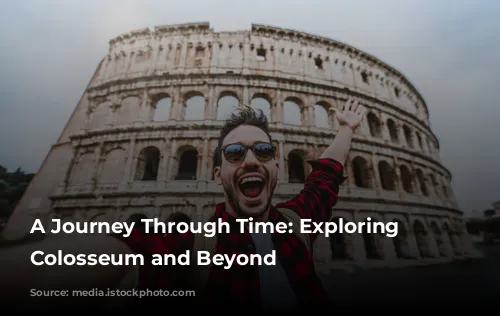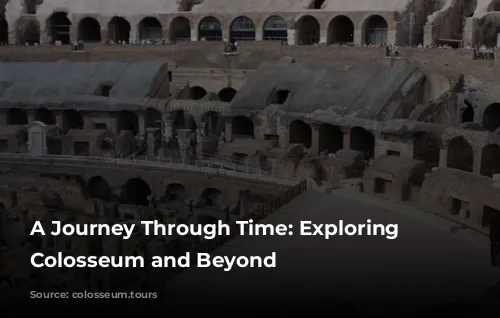Welcome to Rome, a city steeped in history, art, and vibrant culture! Whether you’re a history buff, an art enthusiast, or simply seeking an unforgettable adventure, Rome has something to offer everyone. To help you plan your trip, we’ve compiled a comprehensive guide that includes everything from practical information to fascinating insights about the city’s most iconic attractions.
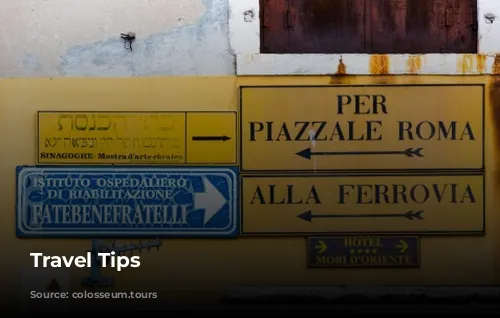
Navigating Rome: Essential Information and Insider Tips
Rome’s iconic Colosseum, a testament to the Roman Empire’s grandeur, beckons visitors from around the world. Before you embark on your exploration, let’s equip you with some essential information and insider tips to make your journey smooth and enjoyable.
Opening hours for the Colosseum vary throughout the year:
- January 2nd to February 15th: 8:30 AM – 3:30 PM
- February 16th to March 15th: 8:30 AM – 4:00 PM
- March 16th to the last Saturday of March: 8:30 AM – 4:30 PM
- The last Sunday of March to August 31st: 8:30 AM – 6:15 PM
- September 1st to September 30th: 8:30 AM – 6:00 PM
- October 1st to the last Saturday of October: 8:30 AM – 5:30 PM
- The last Sunday of October to December 31st: 8:30 AM – 3:30 PM
Be mindful of what you bring inside the Colosseum:
- Large bags/backpacks and wheeled/roller bags are strictly prohibited.
- Glass containers/bottles are not allowed inside.
- Weapons, including pocket knives, are forbidden.
- Aerosol sprays are prohibited.
Booking tickets in advance for the Colosseum is highly recommended. This will help you avoid lengthy lines and ensure your entry into this iconic attraction. Purchasing tickets beforehand allows you to select your preferred date and time slot, making your visit smoother and more efficient. Plus, booking in advance often includes skip-the-line access, enabling you to bypass queues and maximize your time exploring the Colosseum and its surroundings.
With advanced ticket booking, you can look forward to a seamless and enjoyable experience at one of Rome’s most renowned landmarks!
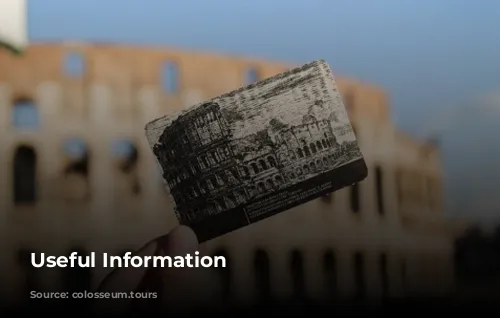
Unveiling the Colosseum’s Majestic History and Architecture
The Colosseum in Rome, a symbol of ancient Roman power, boasts a rich and fascinating history. It was constructed around 70-80 AD by Emperor Vespasian of the Flavian dynasty. This massive amphitheater served as the stage for a diverse array of events, including gladiator fights, animal hunts, and mock naval battles. It could accommodate up to 80,000 spectators, showcasing the Romans’ engineering prowess and love for grand spectacles.
The Colosseum’s architectural design is truly impressive, a testament to the Romans’ engineering skills. This large oval-shaped structure consists of four levels, reaching approximately 48 meters in height. Built using limestone, concrete, and bricks, the Colosseum features three tiers of arches decorated with different types of columns. The lower tier boasts Doric columns, the middle tier Ionic columns, and the upper tier Corinthian columns. With ramps, stairs, and tunnels, the Colosseum allowed for efficient movement of people and animals during events. This clever design ensured smooth entry and exit for spectators and enabled seamless staging of the shows, showcasing the Romans’ exceptional architectural skill.
As the sun sets and darkness descends, the Colosseum transforms into a magical sight. Illuminated against the dark sky, it exudes a majestic and enchanting aura. The Colosseum’s captivating appearance reminds us of its thrilling history, inviting us to marvel at its enduring legacy. Visitors are drawn to its beauty and the peaceful atmosphere that surrounds it. Witnessing the Colosseum at night is a truly magical experience, connecting us to the rich past of ancient Rome.
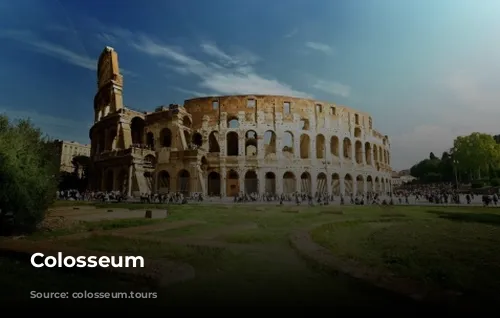
Immersing Yourself in Roman Culture: Cuisine, Fashion, and Guided Tours
Rome’s culinary scene is a delight for food lovers, offering a wide array of options to tantalize your taste buds. While the city boasts upscale dining experiences, nothing beats the authentic flavours of Roman street food. Seek out spots frequented by locals for a taste of delicious and high-quality fare.
Many restaurants in Rome automatically include a service charge in the bill to compensate the waitstaff. However, if you are particularly pleased with the service or if the bill doesn’t include a service charge, it is customary to leave a 10% tip.
To fully embrace the city’s charm and history, comfortable shoes are a must-have. Rome is a city best explored on foot, with countless attractions to discover. Comfortable footwear ensures you can enjoy the city’s wonders without discomfort.
Join a small group tour guided by a friendly and knowledgeable local to delve deeper into the rich history and fascinating stories of Ancient Rome.
Your journey will begin at the Colosseum, where you’ll learn about its architectural marvels and the Romans’ passion for games. Step onto the arena floor, envisioning gladiators clashing in epic battles.
Next, venture to Palatine Hill, the oldest part of Rome, where emperors once resided in opulent homes. Wander amidst the ruins, soaking in the serene surroundings and breathtaking views.
Finally, descend into the Roman Forum, strolling along ancient roads and marveling at temples, offices, and the senate building.
Avoid the long lines and gain valuable insights into history with the guidance of a knowledgeable local tour guide. Experience the grandeur of the Colosseum and the Ancient City in a personalized and unforgettable way. Your tour guide will tailor the experience to your preferences, allowing you to explore the highlights of the Colosseum and Ancient Rome at your own pace.
Book this tour to bypass the crowds and enjoy a private entrance to the magnificent Colosseum. After meeting your guide at Trajan’s Column, you’ll take a short walk through the Imperial Forum before entering the famous Roman Forum. Once you’re in the archaeological site, your private guide will point out the most famous monuments, as well as the hidden gems that are often missed in larger tours.
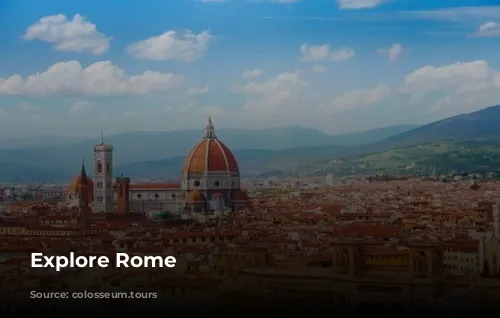
A Spiritual Journey: Exploring the Vatican City
A visit to the Vatican in Rome is a must for its rich historical and spiritual significance. Home to the Pope and the Roman Catholic Church, it is a center of global reverence.
The Vatican Museums showcase a vast collection of artistic treasures, including iconic works by Michelangelo and Raphael. The Sistine Chapel’s mesmerizing frescoes, particularly Michelangelo’s masterpiece on the ceiling, will leave you spellbound.
St. Peter’s Basilica, with its awe-inspiring architecture and profound religious significance, is equally captivating.
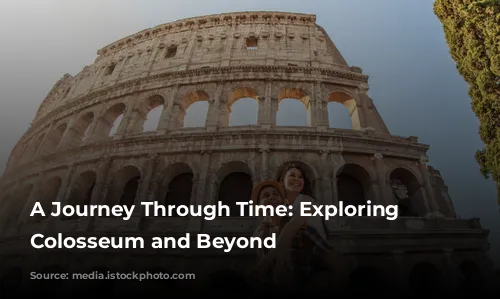
Discover the Heart of Rome: Exploring Local Neighborhoods
Nestled in the heart of Rome, neighborhoods like Trastevere and Monti offer authentic glimpses into the city’s vibrant life and rich history.
Trastevere, with its narrow cobblestone streets and colorful buildings, exudes a bohemian charm. This area is renowned for its bustling piazzas, lively trattorias, and vibrant nightlife.
Monti, on the other hand, presents a more eclectic ambiance, blending ancient ruins with trendy boutiques and artisanal shops. Its labyrinthine alleys lead to hidden gems, quaint cafes, and artisan workshops, making it a haven for artists and creatives.
Both neighborhoods boast picturesque squares where locals gather, creating a lively atmosphere perfect for leisurely strolls.
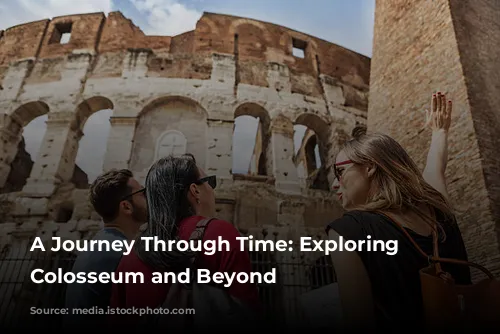
Free Museum Days: Exploring Rome’s Cultural Gems
Every first Sunday of the month in Rome, entry to state-owned museums, galleries, parks, and some archaeological sites is free. While this is the busiest day of the month, consider arriving early to make the most of this opportunity.
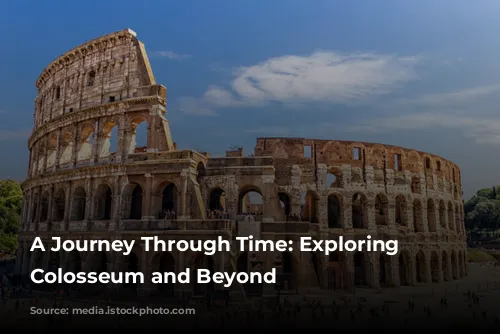
The Colosseum: A Symbol of Power and History
The Colosseum is the most visited and undoubtedly the most popular monument in Rome, indeed, in the whole of Italy. It stands as the iconic symbol of the ancient Roman Empire and the modern city today, much like the Eiffel Tower in Paris. In its heyday, it represented the prestige, power, and might of the ancient Romans.
